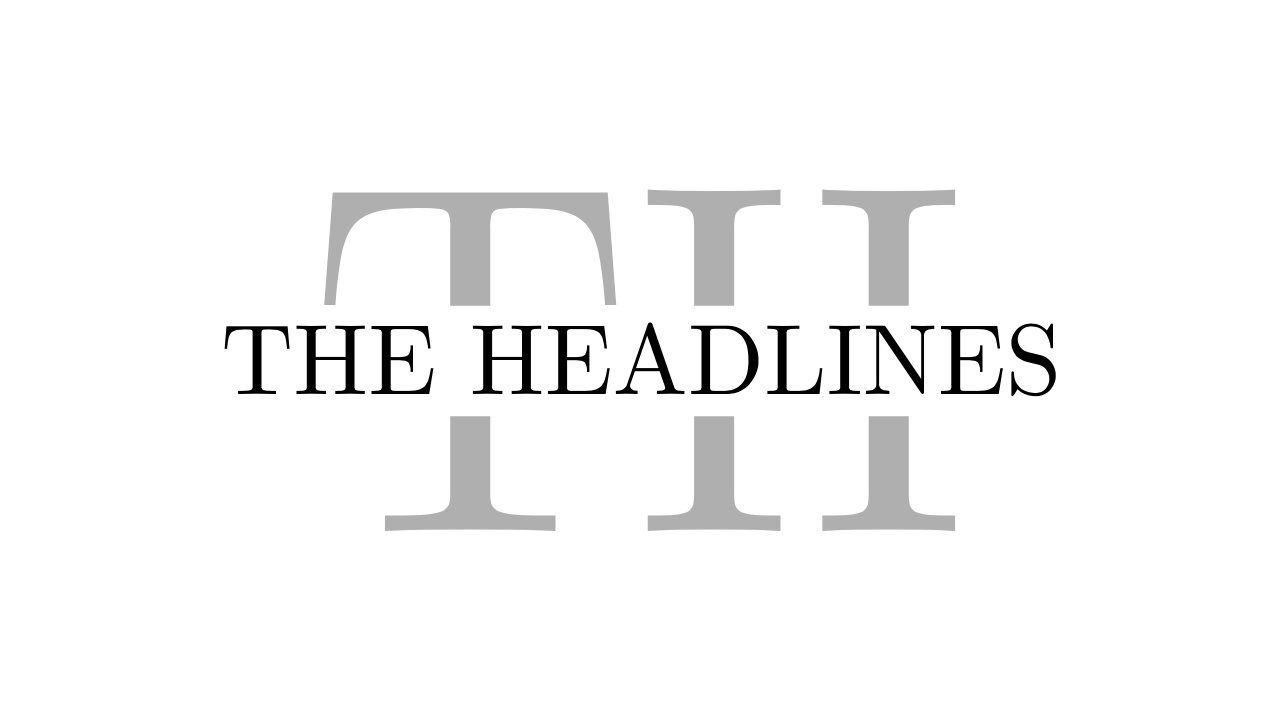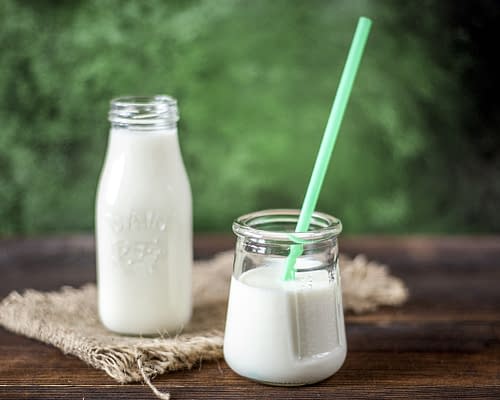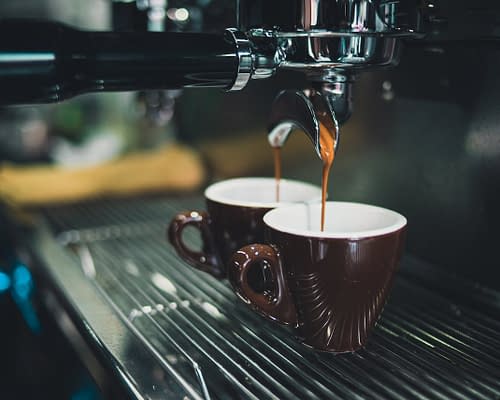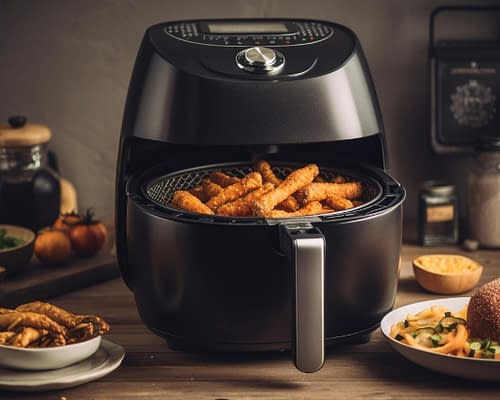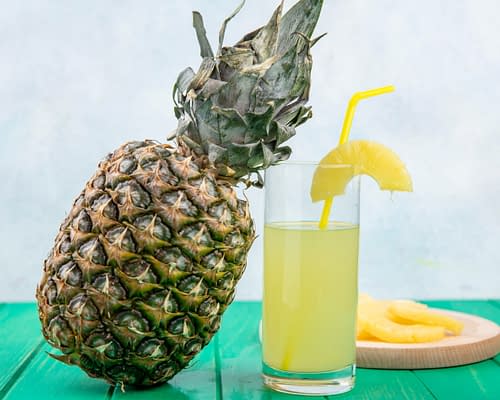8 Healthy Vegan Foods That Are High in Iron
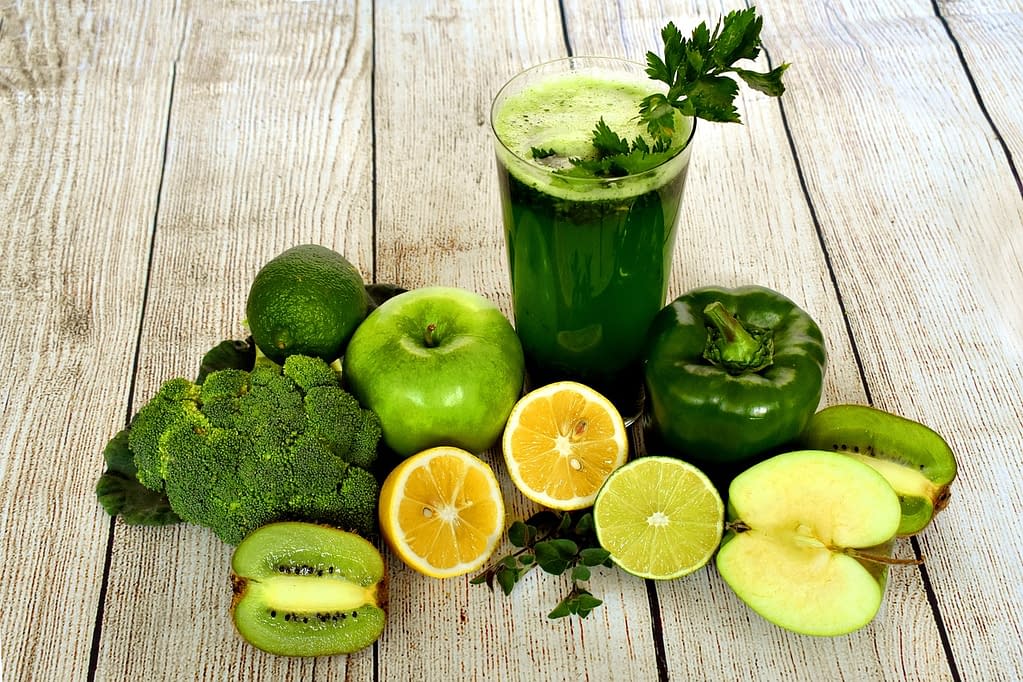
By The Headlines, July 10, 2023 | 09:28 PM
Iron is an essential nutrient, meaning you must get it from food. Fortunately, you may meet your daily needs for iron by eating a variety of healthy foods.
The primary job of the mineral iron, which is a component of red blood cells, is to transport oxygen throughout your body.
For non-pregnant people, the Daily Value (DV) for iron ranges from 8 to 18 mg. If your intake is insufficient to make up for the amount you lose each day, a deficit may result.
It's interesting to note that your body's ability to absorb iron depends in part on how much you have stored.
Fatigue is one of the signs of anaemia, which is brought on by iron deficiency. Women who are menstruating and don't eat meals high in iron are more at risk of deficiency.
Here are the top 8 Healthy Vegan Foods that are rich in iron.
1. Spinach
Despite having very few calories, spinach has a number of health benefits.
The amount of iron in 3.5 ounces (100g) of raw spinach is 2.7 mg or 15% of the DV.
Although spinach contains non-heme iron, which is poorly absorbed, it is also a good source of vitamin C. This is critical because vitamin C greatly increases the absorption of iron.
The antioxidants known as carotenoids, which are abundant in spinach, may lower your chance of developing cancer, reduce inflammation, and shield your eyes from illness.
Make sure to eat healthy fat like olive oil along with your spinach since your body absorbs carotenoids better when you eat spinach and other leafy greens with fat.
2. Legumes
The nutrients in legumes are abundant.
Beans, lentils, chickpeas, peas, and soybeans are a few of the most popular kinds of legumes.
Vegetarians, in particular, are a fantastic source of iron. Cooked lentils contain 6.6 mg, or 37% of the DV, in one cup (198g).
Your iron intake can be easily increased by eating beans including black beans, navy beans, and kidney beans.
In actuality, 1.8 milligrammes of iron, or 10% of the DV, are present in a half-cup (86g) portion of cooked black beans.
Folate, magnesium, and potassium are all nutrients that are abundant in legumes.
3. Pumpkin seeds
2.5 mg of iron, or 14% of the DV, is present in a serving of one ounce (28g) of pumpkin seeds.
Pumpkin seeds are also a significant source of zinc, manganese, and vitamin K. They are also among the best providers of magnesium, a mineral that is frequently lacking in diets.
40% of the DV for magnesium is found in a 1-ounce (28-gram) meal, which lowers your chances of developing insulin resistance, diabetes, and depression.
Also Read: Why is Iron important in Your Diet?4. Quinoa
Popular grain quinoa is referred to as a pseudocereal. Iron content in one cup (185 g) of cooked quinoa is 2.8mg or 16% of the DV.
Additionally, quinoa is a fantastic option for those who have celiac disease or another type of gluten intolerance because it is gluten-free.
In addition to being rich in folate, magnesium, copper, manganese, and many other minerals, quinoa has a higher protein content than many other cereals.
Quinoa also contains more antioxidant activity than a lot of other cereals. Free radicals, which are created during metabolism and in response to stress, can harm your cells. Antioxidants aid in protecting your cells from this damage.
5. Broccoli
It is quite nutrient-dense to eat broccoli. Cooked broccoli has 1 mg of iron per 1 cup (156g) serving or 6% of the DV.
In addition, broccoli contains 112% of the Daily Value (DV) for vitamin C, which improves the body's absorption of iron.
The same serving size also has a high folate content, 5 grammes of fibre, and a little amount of vitamin K. The cruciferous vegetable family, which also includes cauliflower, Brussels sprouts, kale, and cabbage, includes broccoli as a member.
Glucosinolates, indole, and sulforaphane are plant compounds found in cruciferous vegetables that are thought to be cancer-preventative.
6. Tofu
The soy-based cuisine tofu is well-liked among vegetarians and is available in various Asian nations.
The amount of iron in a half-cup (126g) serving is 3.4 mg or 19% of the DV.
In addition, thiamine and a number of minerals, such as calcium, magnesium, and selenium, are present in tofu in good amounts. Additionally, each dish contains 22g of protein.
Isoflavones, special substances found only in tofu, have been associated with reduced risk of heart disease, increased insulin sensitivity, and relief from menopausal symptoms.
7. Dark chocolate
Dark chocolate is both tasty and healthy.
Iron content per 1-ounce (28g) serving is 3.4mg or 19% of the DV.
Additionally, this tiny amount contains 15% and 56% of the DVs for magnesium and copper, respectively.
It also has prebiotic fibre, which feeds the beneficial bacteria in your gut.
Dark chocolate and cocoa powder both have strong antioxidant properties, comparable to berry and cherry fruit extracts.
Additionally, studies have demonstrated that chocolate lowers cholesterol and may lower your risk of heart attacks and strokes.
All chocolate is not made equal, though. The health advantages of chocolate are thought to be caused by substances called flavanols, and dark chocolate has a significantly higher flavanol content than milk chocolate.
8. Mushrooms
The iron content of some types of mushrooms is exceptionally high.
For instance, 2.7 mg, or 15% of the DV, can be found in one cooked cup (156g) of white mushrooms.
While portobello and shiitake mushrooms have relatively little DV, one cup (86g) of raw oyster mushrooms has 7% of it.
